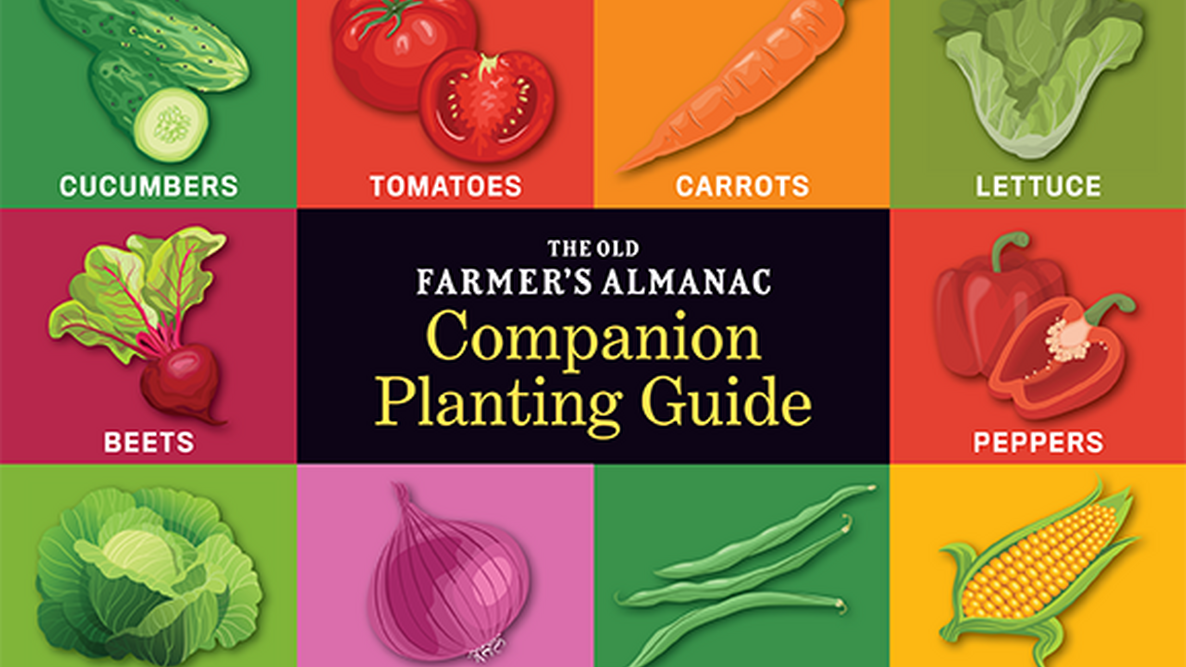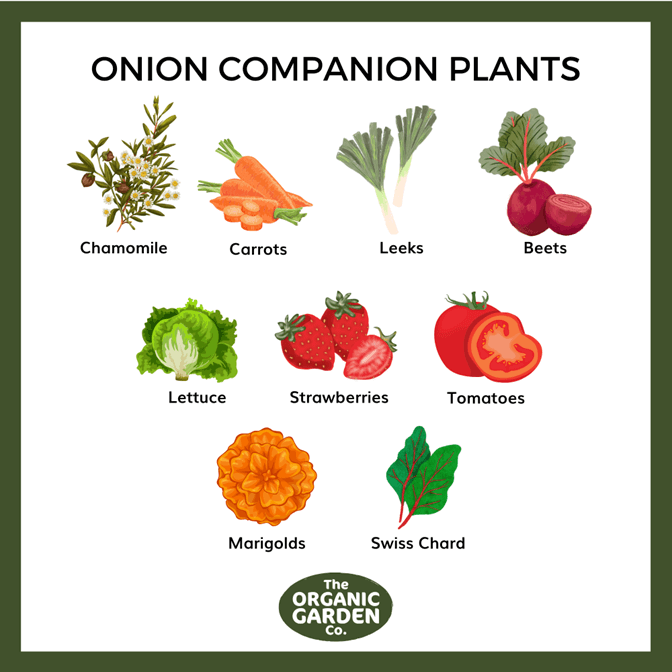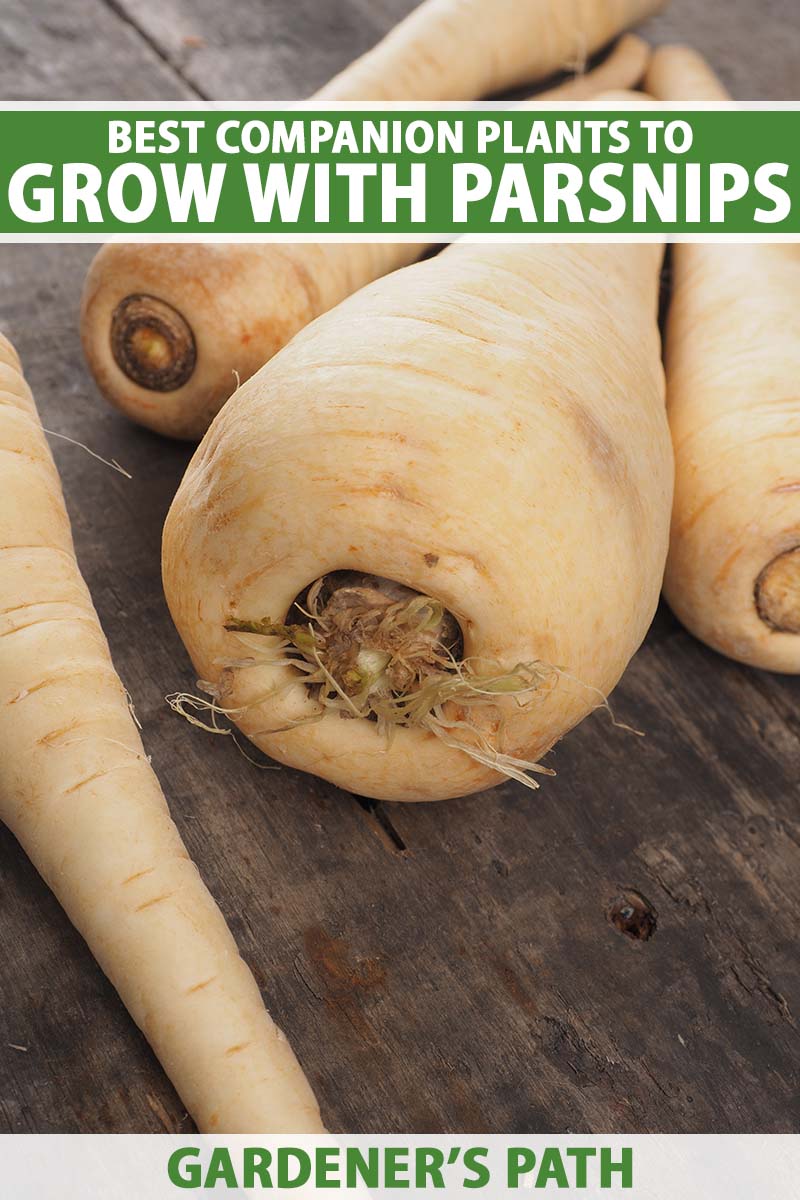Winter Companion Planting: Grow A Healthy Pestfree Garden
Winter Companion Planting: Grow a Healthy Pest-Free Garden
Winter is a great time to start planning your garden for the next season. One of the best ways to ensure a healthy and pest-free garden is to use companion planting. Companion planting is the practice of planting certain plants together that benefit each other in some way. This can include plants that deter pests, improve soil quality, or attract beneficial insects.
There are many different companion planting combinations that you can use in your winter garden. Here are a few examples:
- Garlic and tomatoes: Garlic contains sulfur compounds that repel pests such as aphids, spider mites, and whiteflies. Tomatoes benefit from the presence of garlic because it helps to improve the flavor of the tomatoes.
- Beans and peas: Beans and peas fix nitrogen in the soil, which can help to improve the health of other plants in the garden. They also benefit from the shade provided by taller plants, such as tomatoes or corn.
- Carrots and onions: Carrots and onions have different root systems, so they do not compete for resources. Onions also help to repel pests such as carrot rust flies.
- Cabbage and nasturtiums: Nasturtiums attract beneficial insects such as ladybugs and lacewings, which help to control pests that can damage cabbage.
- Spinach and lettuce: Spinach and lettuce are both cool-season crops that can be planted together. They benefit from each other's shade and help to suppress weeds.
These are just a few examples of companion planting combinations that you can use in your winter garden. There are many other possibilities, so be creative and experiment to find what works best for you.
In addition to deterring pests, companion planting can also help to improve soil quality, attract beneficial insects, and increase yields. When you plant different types of plants together, they can help to each other thrive. For example, some plants release nutrients into the soil that other plants can use. Other plants attract beneficial insects that help to control pests. And still other plants provide shade or windbreaks that can protect plants from the elements.
By using companion planting, you can create a healthy and productive garden that is naturally pest-free. This is a great way to reduce your reliance on pesticides and herbicides, and it can also help to improve the quality of your food.
Winter companion planting is a great way to boost your garden's productivity and resilience during the colder months. By carefully selecting plants that complement each other, you can create a thriving ecosystem that will help to deter pests, attract beneficial insects, and improve soil health.
If you're new to winter companion planting, Gardenia Inspiration is a great resource. This website provides detailed information on a wide variety of winter-hardy plants, as well as tips on how to plant them together for maximum benefit.
In addition to Gardenia Inspiration, there are many other great resources available online and in libraries. With a little research, you can learn everything you need to know about winter companion planting and create a beautiful, productive garden that will thrive all winter long.
Image of winter companion planting
- Carrots and radishes: These two vegetables benefit from each other's growth. Carrots help to suppress the growth of aphids, which can be a problem for radishes. Radishes, on the other hand, help to improve the flavor of carrots.

- Cabbage and nasturtiums: Nasturtiums help to deter pests from cabbage, while cabbage provides support for the nasturtiums to climb.
- Kale and chives: Kale and chives are both hardy vegetables that can withstand the winter weather. Chives help to repel pests from kale, while kale provides shade for the chives in the hot summer months.

- Leeks and onions: Leeks and onions are both members of the allium family, and they benefit from each other's growth. They both repel pests and improve the flavor of each other's produce.

- Parsnips and carrots: Parsnips and carrots are both root vegetables that can be planted in the fall and harvested in the winter. They benefit from each other's growth, as they both help to suppress the growth of weeds.

Post a Comment for "Winter Companion Planting: Grow A Healthy Pestfree Garden"